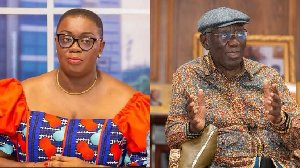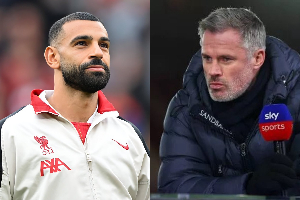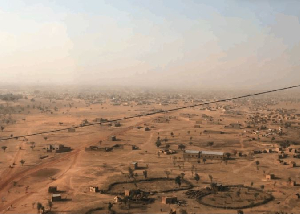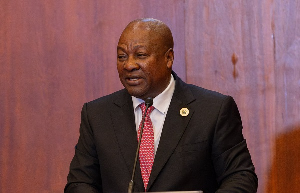Over the years, countries are making efforts to gradually fuse renewable energy sources into their electric power generation.
Private investors in Ghana in the past, have signed contracts or obtained permits to further push this goal.
Should this push be a thing at the private sector or a thing at the national level?
The President of South Africa, Cyril Ramaphosa announced a Request for Proposal (RFP) for a 2.6GW solar and wind capacity as a plan to replace their aging coal-fired power plants. This was announced at the annual state of the nation address. This RFP will be held under Bid Window 5 of the Renewable Energy Independent Power Producer Procurement (REIPPP) programme.
This statement by the president was welcomed by the South African Photovoltaic Industry Association (SAPVIA), and they are calling on the energy minister to hurriedly push to the execution of the objectives carefully laid out by the president.
According to the President, additional plans are being made for the procurement of an additional 11,800MW from renewable energy, battery storage and other sources. This plan aligns with the countries Integrated Resources Plan (IRP 2019).
The IRP is an electricity infrastructure development plan, based on the least-cost electricity supply and demand balance; taking into account security of supply and the environment (minimize negative emissions and water usage).
In this plan, around 6.8GW will be set aside for green energy and an estimated 500MW capacity designated for energy storage.
5GW additional capacity could be unlocked since the government has plans to ease the requirement in licensing for distributed generation. In the next three months.
The South Africa Photo Voltaic Industry Association (SAPVIA) said, “Increased deployment of distributed generation will release the pressure on Eskom’s already constrained supply and provide the much-needed additional capacity to the grid. No one could disagree with the need for increased capacity as our economy is hamstrung by the ongoing blight of load shedding.”
Of course, alternative sources of energy production in the national grid is a brilliant sustainable solution since lapses in one energy source will be complemented by the other.
The long-term goal is, over the next 12months, South Africa plans to launch three procurement rounds of 6.8GW of renewable energy capacity.
Will this solve or fill the gaping shortfall in production supply, facing the South African Power sector?
It is estimated there is going to be a supply shortfall of between 4GW and 6GW due to the aging coal-fired plants within the next five years. However, between 2030 and 2050, close to 24.1GW of coal power plants will be decommissioned under the IRP 2019 in South Africa.
The South African government is increasingly looking up to renewables to fill in the power supply shortfall.
This move will be welcome massively within South Africa and the world at large since it will create jobs, provide electricity and above all, help fight climate change.
This is a bold step, taken in the right direction and other African Countries should follow suit especially those with power shortfalls and those hugely indebted to IPPs.
Opinions of Tuesday, 23 February 2021
Columnist: Donald Marshall
Renewable Energy – A planned major component in South Africa’s future Power Sector
Entertainment














